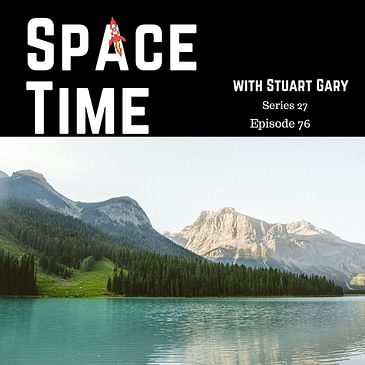First, scientists have uncovered evidence that fresh water existed on Earth about 4 billion years ago, pushing back the timeframe for the potential emergence of life by 500 million years. This discovery, based on zircon crystal analysis from the Jack Hills formation in Western Australia, challenges the long-held belief that Earth was entirely covered by oceans at that time. The study's findings suggest that fresh water and land masses existed much earlier, setting the stage for life to flourish.
Next, new research indicates that the rotation of Earth's inner core has slowed down compared to the planet's surface. This discovery, reported in the journal Nature, shows that the inner core began to decelerate around 2010, moving slower than the Earth's mantle and crust for the first time in decades. The implications of this change are still being explored, but it may ultimately affect the length of the day.
Finally, a new study suggests that Earth's encounter with dense interstellar clouds 2 million years ago may have significantly altered the planet's climate. The research, published in Nature Astronomy, posits that these clouds could have compressed the heliosphere, exposing Earth to increased levels of cosmic rays and altering its climatic conditions.
Follow our cosmic conversations on X @stuartgary, Instagram, YouTube, and Facebook. Join us as we unravel the mysteries of the universe, one episode at a time.
Sponsor Offer
This episode is proudly supported by NordPass. Secure your digital journey across the cosmos with a password manager you can trust. Find your stellar security solution at https://www.bitesz.com/nordpass.
Listen to SpaceTime on your favourite podcast app including Apple Podcasts, Spotify, YouTube Music, or wherever you get your podcasts.
Support SpaceTime
Become a supporter of SpaceTime: https://www.bitesz.com/show/spacetime/support/
www.bitesz.com





